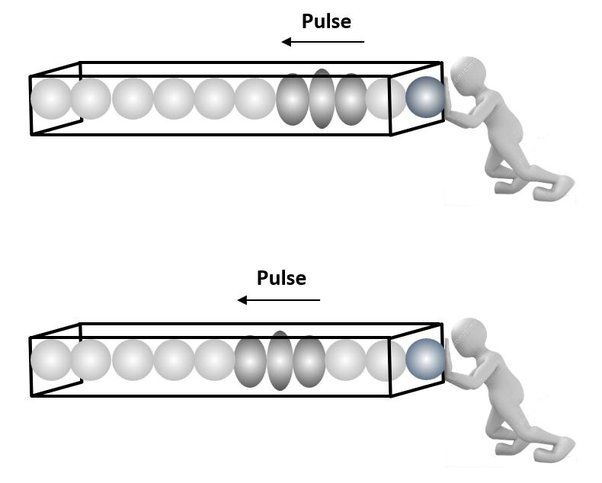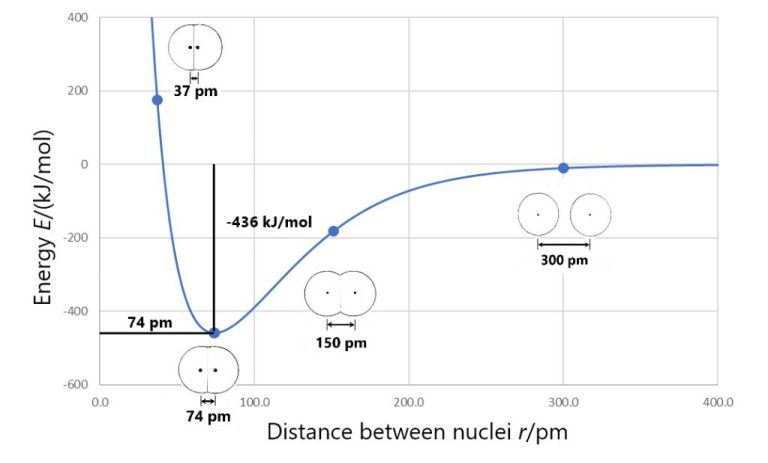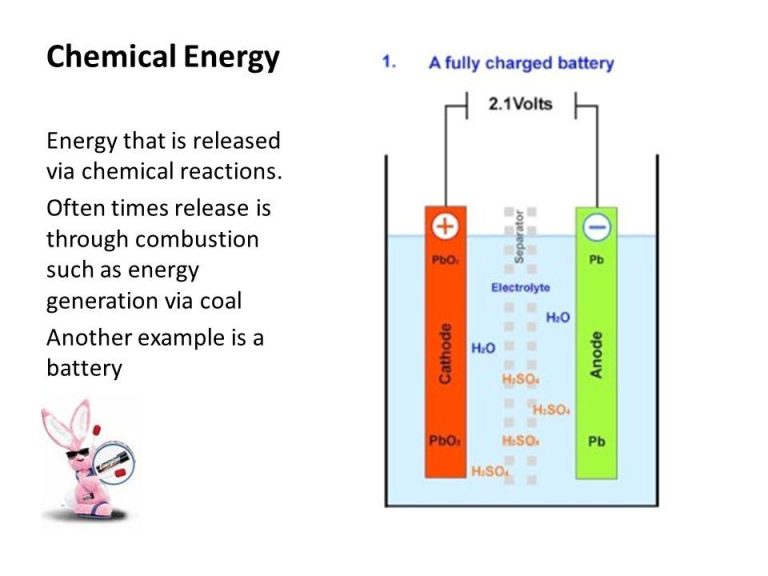How Fast Do Electric Charges Move?
Introduction
Electric charges are atomic particles that have electrical properties and the ability to move from one place to another. Though we often talk casually about electricity “flowing” through wires like water through a pipe, electric charges actually move quite differently. The movement of electric charges is complex and governed by electromagnetic forces. While the overall flow of electricity seems instantaneous, the individual electric charges often move surprisingly slowly. This article will explore the various speeds at which electric charges can move through conductive materials.
Speed of Electricity
When we think about the speed of electricity, we usually think about the speed of light – around 300 million meters per second. This is because electromagnetic waves, including visible light, radio waves, microwaves and x-rays, all travel at this incredibly fast speed through a vacuum.
However, the speed of an electric current through a wire is actually much slower than the speed of light. This is because the electrons that carry the electric current have to zigzag around all the atoms in the metal wire, so they cannot travel in a straight line. The average speed at which they drift through the wire is called the drift velocity.
Drift Velocity
Drift velocity refers to the average velocity at which free electrons in a conductor drift towards the positive terminal when an electric field is applied. It describes the net motion of charge carriers in a conductor transporting electric current. While individual electrons move randomly at high speeds, their average drift velocity is very slow. This is because electrons frequently collide with atoms in the conductor which impedes their forward motion.
When a voltage is applied across a conductor, an electric field is created inside the conductor. This electric field applies a force on the free electrons, causing them to drift in a direction opposite to the electric field. The drift velocity describes this overall orderly motion of electrons from the negative to the positive terminal of the conductor.
The drift velocity is calculated by dividing the electric current by the charge carrier density. The current is proportional to the number of charge carriers, their charge, and their drift velocity. Since the number of charge carriers and their charge are relatively constant for a given conductor, the drift velocity changes in proportion to the current.
Factors Affecting Drift Velocity
The drift velocity of electric charges is determined by several key factors related to the material and conditions they are moving through:
Material: The drift velocity is inversely proportional to the resistivity of the material. Materials like copper have low resistivity, allowing charges to flow faster. Insulating materials like rubber have high resistivity, slowing down the drift velocity.
Temperature: Increasing the temperature decreases material resistivity, allowing charges to flow more freely. Higher temperatures lead to faster drift velocities.
Cross-sectional area: For a given current, increasing the cross-sectional area decreases the charge carrier density. With fewer charge carriers per unit area, the drift velocity goes up.
Why Drift Velocity is Slow
The drift velocity of electric charges is slow due to the constant collisions with the atoms that make up the conductor. As charges flow through a conductor, they are constantly bouncing off the fixed atoms, changing direction and losing velocity with each collision. This resistive force slows the charges down to an average drift velocity on the order of millimeters per second. Without these collisions, the charges would move near the speed of light down a conductor. But the dense concentration of atoms in typical conductors provides enough disruptive collisions to impede the charges’ flow. The more collisions per second, the slower the overall velocity.
Signal Propagation Speed
Although the drift velocity of charges in a conductor is relatively slow, the signal propagation speed can be extremely fast. This is because when an electric field is applied, the electrons near the power source start moving first. This movement of charges creates a disturbance that propagates rapidly along the conductor at nearly the speed of light. So while each electron is drifting slowly, the signal disturbance caused by the electron motion propagates very quickly.
For example, when you turn on a lamp by flipping a switch, the electrons in the wire start drifting towards the lamp at a slow drift velocity. However, the signal that the switch has been flipped propagates almost instantly along the entire length of the wire, causing the light to turn on very quickly. So the speed that the signal or information propagates along the wire is distinct from the drift velocity of the charges themselves.
The propagation speed depends on the properties of the medium, and is close to the speed of light in vacuum (c) for good conductors like copper. For a typical household copper wire, the signal speed is around 200,000 km/s or about 2/3 the speed of light.
Speed of Electrons
The speed of electrons in a conductor depends on their kinetic energy and velocity distribution. Electrons move randomly in all directions, with a wide range of velocities following a Maxwell-Boltzmann distribution. The higher the temperature of the conductor, the greater the average kinetic energy of electrons.
Although individual electrons can move at speeds up to around 1,000 km/s in a copper wire, their average drift velocity is very slow, on the order of mm/s. This is because electrons frequently collide with atoms and scatter in different directions. The high speeds of individual electrons do not translate into a fast net drift velocity for the flow of electricity.
While electrons themselves move slowly on average, the electric signal propagates very rapidly along the length of the conductor at nearly the speed of light. This is enabled by the electric field transmitting energy from electron to electron. So the drift velocity of electrons should not be confused with the speed of an electrical signal.

Speed of Ions
Ions are electrically charged atoms or molecules. They are common in electrolytes and plasmas. Here are some key points on their speed:
In electrolytes like salt water, ions move through diffusion and ionic conduction. Their drift velocity depends on the strength of the electric field and ranges from millimeters to centimeters per second.
In plasmas, ions move much faster. Plasmas are ionized gases made up of free ions and electrons. In solar wind, a plasma extending from the sun, ions can reach speeds of 300 to 1000 kilometers per second!
In fusion reactors, deuterium and tritium ions are accelerated to high velocities and fused. The energy released by the reaction is used to generate electricity.
In an analytical technique called mass spectrometry, ions are accelerated by electric fields and their mass-to-charge ratios precisely measured. This reveals the composition of a material sample.
So in summary, ion speeds vary greatly depending on the medium. But electric fields can accelerate them to extremely high velocities, enabling applications ranging from fusion power to chemical analysis.
Applications
While the drift velocity of charges in a conductor is very slow, the overall effect in applications that use electricity results in extremely fast charge movement. Here are some examples:
-
Lightning travels at around 270,000 mph (430,000 km/h), which is over 100 times the speed of sound!
-
Electricity flows close to the speed of light through the copper wires in a building’s electrical system. The speed is around 186,000 miles per second (299,792 km/s).
-
The electrostatic discharge when touching a doorknob can result in a very fast transfer of charges. The rapid discharge may be visible as a spark and audible as a snap or crackle.
-
Electric pulses move through neuron cells in the brain and nervous system near the speed of light. This ultrafast communication facilitates rapid muscle reactions and thought processes.
-
Fiber optic communication systems encode data into light pulses that race through cables at about 124,000 miles per second (200,000 km/s).
So while individual charges slowly drift through a conductor, the overall electrical effect and signal propagation approaches the incredible speed of light. This allows electricity to power lighting, appliances, communications, and many other applications essential to modern life.
Conclusion
In summary, while individual electrons and ions move slowly through a conductor via drift velocity, electric signals and energy propagate very rapidly. The key points are:
- Drift velocity refers to the slow speed at which free electrons and ions move randomly in a conductor.
- Factors like temperature, current, and conductor size impact drift velocity.
- Despite slow electron drift, electric signals travel near light speed along a conductor.
- The velocity of individual electrons or ions is different from the propagation speed of an electrical signal.
- Signal speed depends on the dielectric constant and permeability of the medium.
- In applications like electrical wiring, charges move slowly but energy transmission is very fast.
Understanding the distinction between the slow speed of individual charges versus rapid signal propagation helps explain how electricity can power devices instantaneously, despite its underlying particles moving at a snail’s pace.







